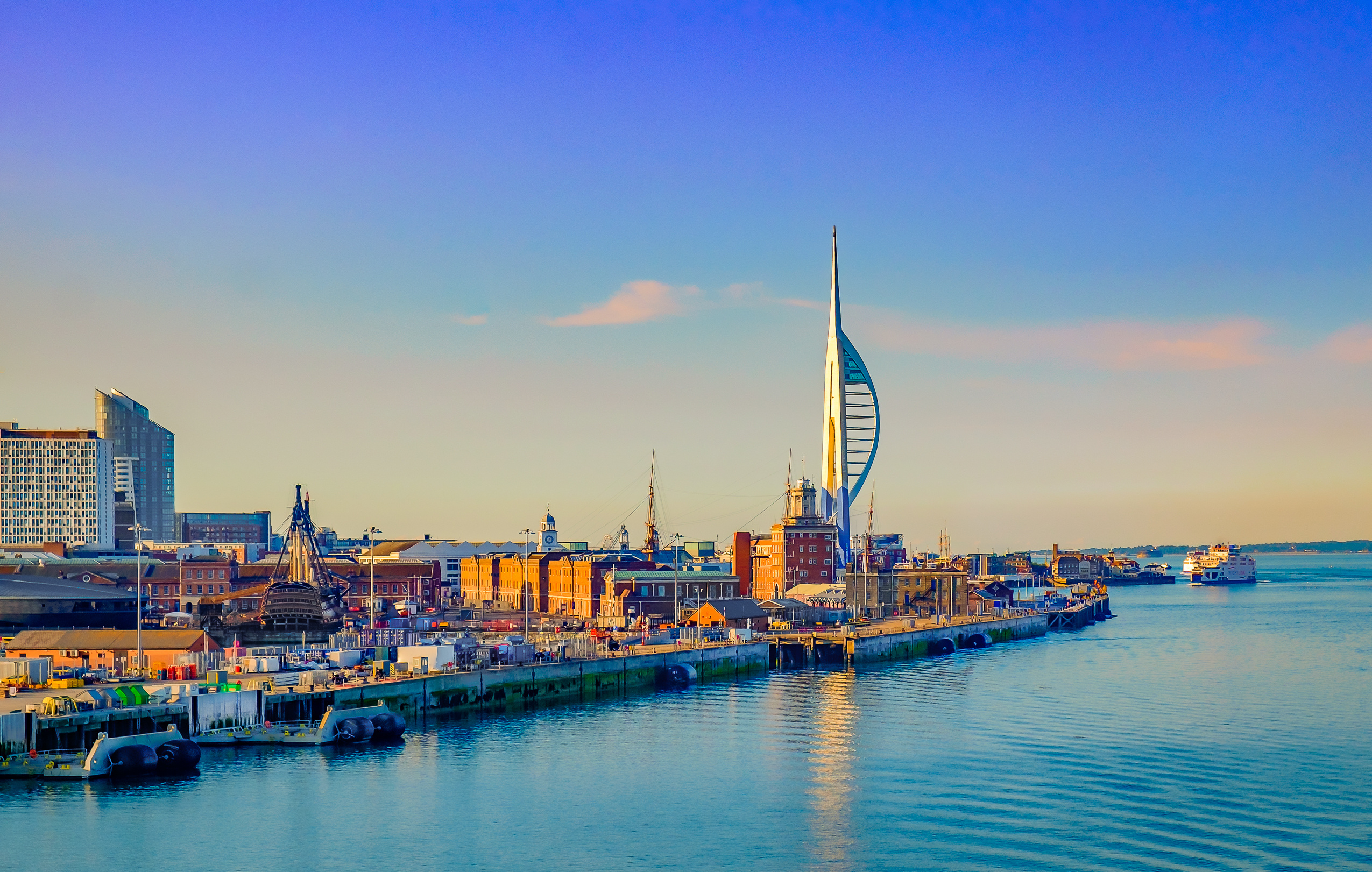Travel and leisure brands face a crowded and competitive market where standing out is key – but it’s challenging.
Travel and tourism companies must build trust, deliver authentic experiences and communicate with clarity and consistency. PR helps you shape meaningful connections that influence how people choose to spend their time and money.
Shifting consumer expectations, digital platforms and media trends shape the way you’ll promote your business. The right PR approach helps you stay relevant while protecting your reputation. By taking a strategic view, you can ensure your campaigns deliver measurable results and long-term value.
With years of experience in delivering ground-breaking, goal-smashing travel and tourism PR campaigns, our experts take you through everything you need to know to take your travel and tourism business to new heights.
Understanding the domestic travel PR landscape
Domestic travel PR requires you to balance brand visibility with credibility, while also responding to shifting traveller expectations. You need to consider how consumer trust, digital channels and the wider tourism industry shape the way you deliver campaigns.
Defining the role of PR in travel and leisure
Public relations in travel and leisure is non-negotiable in an increasingly crowded market. You use PR to build trust, shape your reputation and connect travellers with authentic experiences. Travel brands, tourism boards and leisure companies rely on PR to highlight their unique value while maintaining credibility.
Your role is not just to promote your experiences but to manage how they’re perceived. You need to deliver on your promises and ensure your customer service team is always available to help.
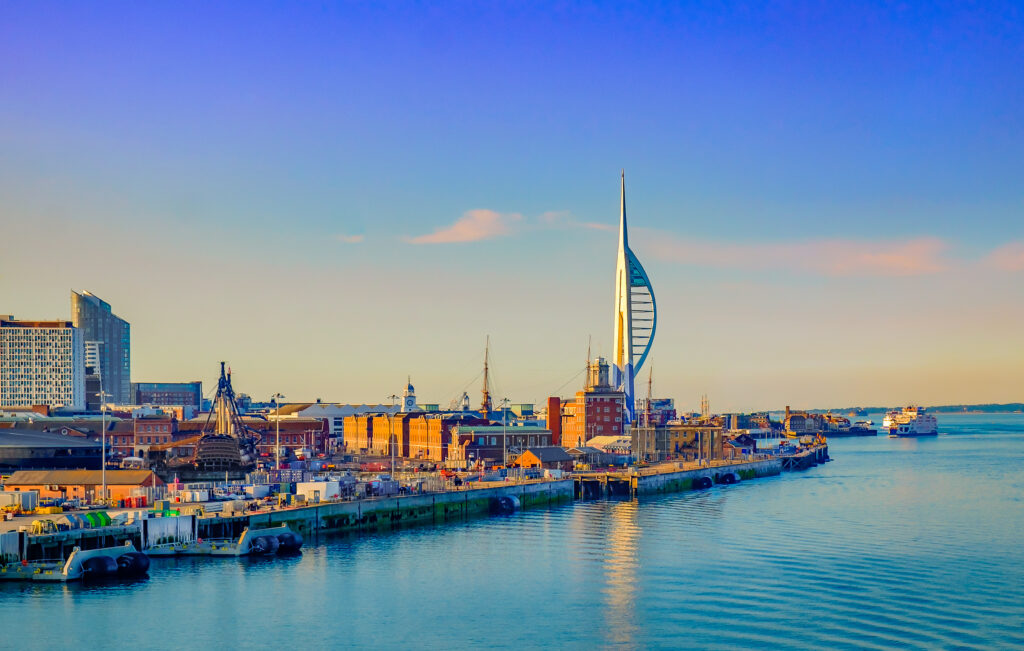
Key activities often include:
- media relations with travel journalists and editors
- content development for press releases, blogs and social media
- event management such as press trips and launches
- stakeholder communication with local communities and partners.
By focusing on these areas, you can stand a head and shoulders above your competition while ensuring your messaging aligns with consumer expectations.
Key challenges and opportunities
Travel PR faces a unique mix of pressures. Travellers want transparency, flexibility and authentic storytelling. You must address these needs while also demonstrating measurable results to clients with limited budgets.
You have more opportunities than ever to reach your customers on digital platforms and out-of-home campaigns – the challenge is cutting through the noise. Social listening and customer feedback help you understand traveller behaviour and adjust campaigns quickly. Influencer partnerships are highly effective, but only when they deliver genuine, relatable stories rather than polished promotions.
The influence of the travel and tourism industry on PR approaches
The travel and tourism industry sets the context for how you design your PR strategies. Domestic travel campaigns must align with wider industry trends, including sustainability, digital transformation, and the demand for authentic experiences.
Economic pressures also shape your approach. With tighter media budgets and more competition, you need to find creative ways to secure coverage. Leveraging niche publications, regional outlets and digital platforms can help you reach audiences more effectively.
Developing a strategic PR approach for travel brands
A strong PR strategy in domestic travel and leisure requires a clear understanding of who you want to reach, what you want to say, and how you plan to measure success. By aligning your campaigns with business objectives and focusing on measurable outcomes, you can build credibility, increase visibility and strengthen long-term relationships with your audiences.
Audience profiling and targeting
You need to start with a clear picture of your target audiences. Travellers and tourists are not a single group; they vary by age, lifestyle, budget and travel preferences. Profiling helps you identify whether you are speaking to families, solo explorers or retirees seeking leisure breaks.
Use demographic and behavioural data to segment audiences. For example, families may prioritise affordability and safety, while younger travellers may look for unique experiences and flexible booking options.
You have a wealth of data at your fingertips that you can use to begin building robust profiles. Combine surveys, booking data and social listening tools to create your current and ideal customers. This ensures your campaigns are not only creative but also relevant.
A table can help clarify audience priorities:
| Audience segment | Key motivations | Preferred channels |
| Families | Value, safety | Facebook, blogs |
| Gen Z | Experiences | Instagram, TikTok |
| Retirees | Comfort, ease | Newspapers, radio |
By defining your audience precisely, you can avoid generic campaigns and ensure your messaging connects with the right people.
Crafting compelling brand messaging

Once you know your audience, you need to shape brand messaging that speaks directly to their needs. Clear and consistent communication builds trust and sets you apart from competitors.
Avoid vague promises and instead highlight tangible benefits. For example, focus on the flexibility of your booking or unique experiences. These details show authenticity and credibility.
Consistency across channels is crucial. Whether you’re updating your website, briefing journalists or posting on social media, your tone and core messages should remain aligned.
PR strategy in travel increasingly requires transparency. Travellers expect honest communication about cancellations, health measures or environmental impact. By addressing these points openly, you strengthen brand integrity and encourage loyalty.
Your messaging should not only inspire but also reassure. This balance helps you attract interest while managing expectations realistically.
Building and managing media relationships
Strong media relations remain central to effective travel PR. You need to build a targeted media list that includes both national outlets and niche publications relevant to what you offer. Quality is more important than quantity.
Developing relationships with journalists requires ongoing communication. Share timely, useful stories rather than generic press releases. Tailor content to each outlet’s audience to increase your chances of coverage.
Media management also means being responsive. Journalists often work on tight deadlines, so quick replies and accurate information build your reputation as a reliable contact.
Consider offering press trips, interviews or data-led insights to strengthen engagement. These opportunities help position your brand as a trusted voice in the industry.
Regularly reviewing your media list ensures you are targeting the right contacts. Outdated lists waste time and reduce effectiveness. A well-managed media database supports long-term visibility and credibility.
Optimising your campaign with data and analytics
PR campaigns are most effective when you measure their impact. Tools such as Google Analytics allow you to track website traffic from media coverage and see how audiences engage with your content. Social listening can help you understand sentiment to your brand following your campaigns.
You should also monitor business metrics such as bookings, enquiries or newsletter sign-ups. These indicators show whether your PR activity is driving tangible results.
Reporting success requires a mix of quantitative and qualitative data. While numbers matter, feedback from media outlets or audience sentiment also provides valuable insights. Use dashboards or simple reports to share results with stakeholders. Clear reporting demonstrates accountability and helps secure future budgets.
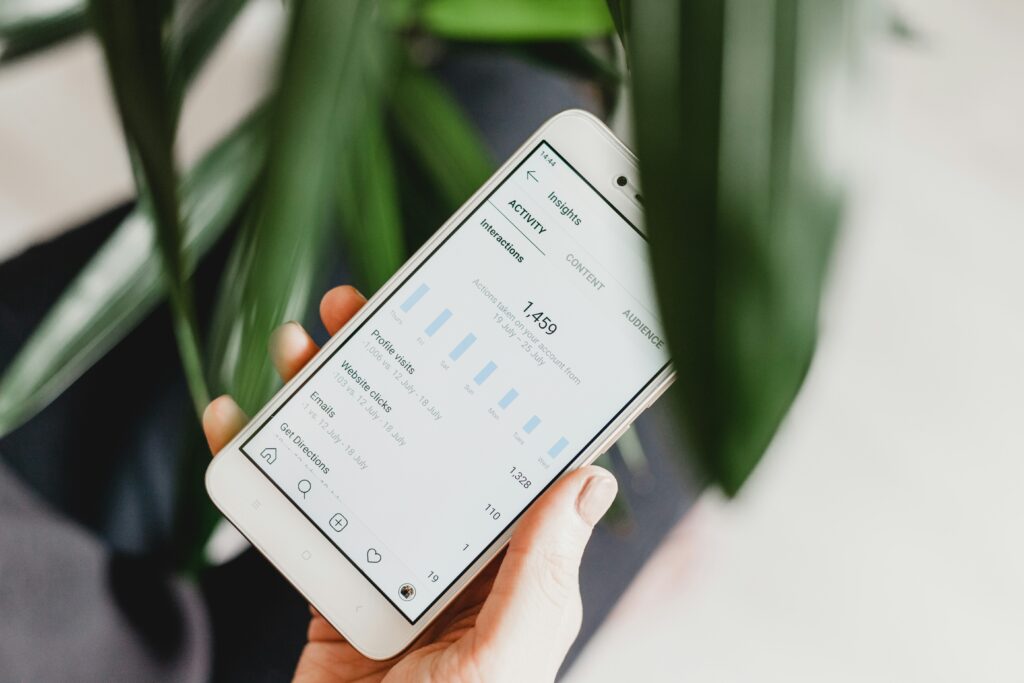
Campaign optimisation is an ongoing process. By reviewing performance data, you can refine your messaging, adjust your media list, and improve targeting. This ensures your PR strategy remains agile and aligned with business objectives.
Data-driven decision-making helps you prove the value of PR while continuously improving campaign effectiveness.
Maximising brand visibility through digital and experiential tactics
Building strong visibility in domestic travel and leisure requires a blend of digital precision and real-world experiences. You can reach new audiences through social media campaigns, enhance credibility with influencer collaborations and create lasting impressions through carefully designed PR campaigns. At the same time, digital storytelling and user-generated content provide scalable ways to boost engagement and strengthen your brand presence.
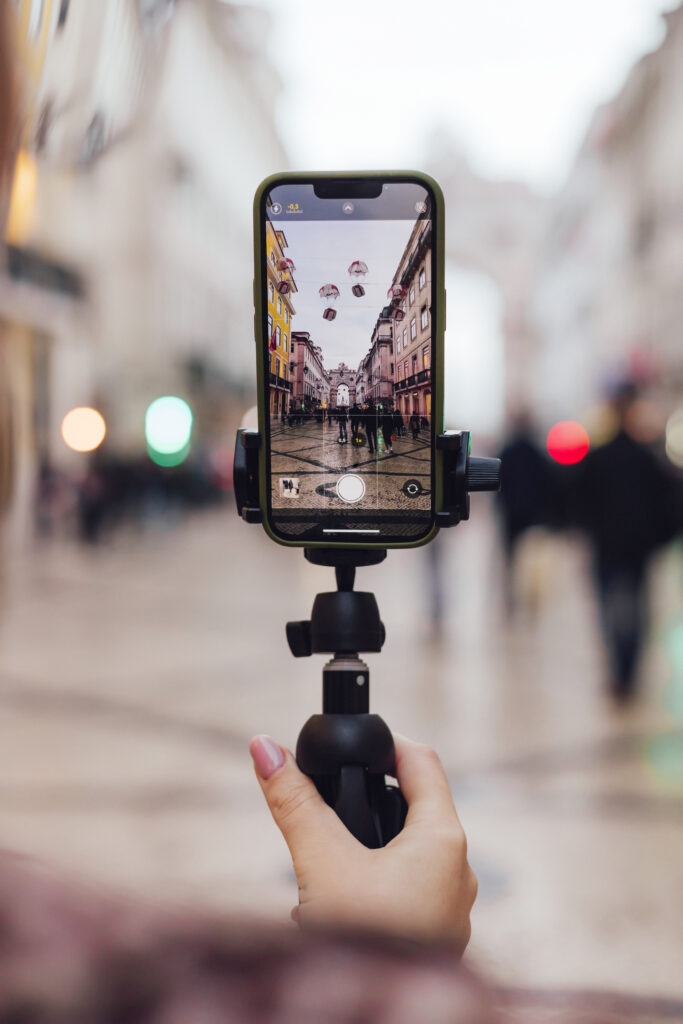
Harnessing social media campaigns and influencer collaborations
Social media campaigns allow you to connect with travellers where they spend the most time. Platforms like Instagram and TikTok are ideal for showcasing destinations, itineraries and leisure experiences. Strong visuals and consistent posting schedules help maintain social media engagement and drive interest back to your website.
Influencer collaborations are now a core part of travel PR. By working with travel bloggers or niche influencers, you gain access to highly engaged audiences who trust authentic recommendations. For example, partnering with lifestyle creators can highlight unique stays or local attractions in a way that feels personal and credible.
To measure success, track website traffic, click-throughs, and follower growth. You should also review engagement metrics such as saves, shares and comments. These insights allow you to refine campaigns and ensure that influencer marketing delivers measurable results.
Press trips and experiential activations
Press trips remain a proven way to secure high-quality coverage across digital media and print outlets. By inviting journalists, travel bloggers or influencers to experience your services first-hand, you create opportunities for authentic storytelling that resonate with their audiences.
Experiential activations extend this impact by creating moments that are memorable and shareable. Pop-up events, interactive installations or themed travel experiences give participants content they want to post. This amplifies your reach far beyond the attendees themselves.
When planning, focus on detail and logistics. Provide a seamless journey, from transport and accommodation to curated itineraries that highlight your strongest offerings. The more immersive and well-organised the experience, the more likely it is to generate positive coverage and long-term relationships with media partners.
Content marketing and user-generated content strategies
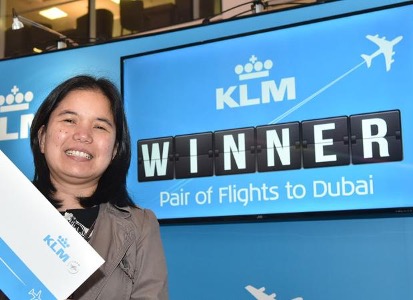
Content marketing builds authority and drives organic traffic through search engine optimisation. By publishing guides, itineraries and insider tips, you position your brand as a trusted resource. This not only supports SEO but also creates opportunities to develop a strong backlink portfolio from reputable travel sites.
User-generated content strategies add authenticity. You can feature guest posts from real customers, influencers or journalists to offer authentic insights on your website. Equally, encouraging travellers to share their experiences through social media hashtags or competitions provides you with a steady stream of fresh material. Reposting this content on your own social channels showcases real stories while deepening social media engagement.
To maximise impact, integrate user-generated content into newsletters, printed materials and landing pages. This approach strengthens trust, reduces content production costs and keeps your brand message consistent across multiple platforms. The result is a more engaged audience and improved visibility across both digital and traditional channels.
Visual and digital storytelling techniques
Strong visual storytelling is essential for standing out in a crowded travel market. A curated Instagram feed with consistent aesthetics helps reinforce your brand identity and encourages followers to engage with your content. Short-form video, reels and stories can bring destinations to life in ways that static images can’t always do.
Digital storytelling also benefits from interactive tools such as 3D animation, virtual tours and dynamic maps. These formats allow potential travellers to explore experiences before booking, increasing both interest and trust.
You should also think about how these visuals support your search engine optimisation strategy. High-quality media embedded on your site can improve dwell time, while optimised alt text and file names strengthen your search rankings. Together, these tactics enhance both visibility and discoverability.
Crisis management and proactive vs reactive tactics
Media monitoring and crisis response
Crisis can strike at any time, and travel crises are highly newsworthy. You need strong crisis management strategies to be able to handle whatever goes wrong, from natural disasters to cancellations and more.
Media monitoring can help you identify any potential or breaking incidents. Tracking news outlets, blogs and social channels allows you to detect early signs of reputational risk. Tools that provide search summaries and alerts help you respond before negative stories spread.
In travel and leisure, this could mean spotting complaints about delays, safety concerns or environmental issues. By addressing problems quickly, you can contain damage and demonstrate accountability.
A structured crisis response plan should include:
- rapid internal reporting
- drafting a holding statement and assigning media duties
- coordinating with legal and operations teams
- issuing updates through trusted channels
This approach ensures your organisation remains transparent and responsive, which is vital for maintaining public confidence.
Proactive and reactive PR tactics
Strong PR and crisis management relies on both proactive tactics and reactive tactics. Proactive steps include scenario planning, drafting template press releases and preparing spokespeople for media questions. This ensures you have a framework ready before a safety incident or service disruption occurs.
When issues do arise, you need to act quickly but carefully. A unified message across your marketing mix – social media, website and email – helps maintain credibility and consistency. Clear communication channels and trained spokespeople are essential to protect reputation and reassure stakeholders.
Balancing speed with accuracy is key. A rushed statement can create confusion, while silence risks losing control of the narrative.
“The most successful campaign we’ve ever run”

Established travel brands still need PR to remain relevant and get customers excited about new offerings. That’s exactly what international airline KLM briefed Polymedia, and the company called the resulting campaign “the most successful we’ve ever run.”
Using a blend of out-of-home visual PR stunts with traditional and social media, the campaign took off and delivered outstanding results. 15ft lettering of key new airport destination codes were placed around Southampton and amplified with radio coverage and the eye-catching hashtag of #SoClose2U.
The campaign reached more than 2 million people, far exceeding KLM’s original projections!
Frequently asked questions
Adapting your communications to the changing travel landscape requires a clear focus on trust, transparency, and measurable outcomes. By aligning your strategy with shifting traveller expectations, you can strengthen brand visibility, build confidence, and maintain long-term engagement.
How can we effectively adapt our PR strategies to the evolving trends in domestic tourism?
You should tailor your campaigns to highlight local experiences, sustainability and authenticity. Travellers are seeking meaningful connections and transparent messaging, so avoid over-polished narratives. Staying flexible with your content allows you to respond quickly to changing consumer behaviour and seasonal demand.
What are the best practices for engaging with local media and influencers in the travel sector?
Focus on building genuine relationships rather than one-off transactions. Local journalists and influencers want stories that resonate with their audiences, so provide them with useful data, unique experiences and timely updates. Collaborating on press trips or community-led initiatives can increase credibility and reach.
What are some key metrics for measuring the success of a leisure campaign?
Track media coverage, audience reach and engagement levels across platforms. In addition, measure referral traffic to your website, booking enquiries, and conversion rates. These indicators give you a balanced view of both brand visibility and tangible business outcomes.
How can we leverage social media to enhance the visibility of our domestic travel brand?
Use platforms to share authentic stories, highlight customer experiences and showcase behind-the-scenes content. Paid campaigns can extend your reach, but organic engagement through user-generated content often builds stronger trust. Monitoring conversations with social listening tools can also help you adapt messages in real time.

